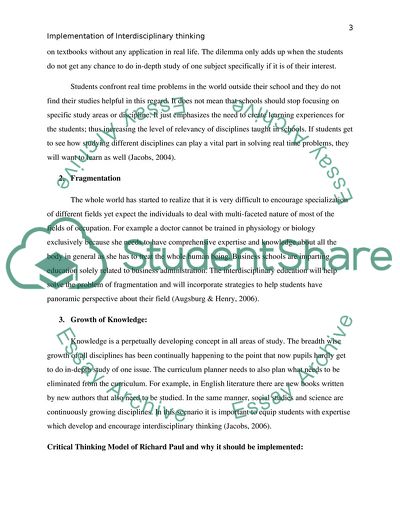Cite this document
(Implementation of Interdisciplinary Thinking in Educational Context Assignment, n.d.)
Implementation of Interdisciplinary Thinking in Educational Context Assignment. Retrieved from https://studentshare.org/education/1756282-interdisciplinary-thinking
Implementation of Interdisciplinary Thinking in Educational Context Assignment. Retrieved from https://studentshare.org/education/1756282-interdisciplinary-thinking
(Implementation of Interdisciplinary Thinking in Educational Context Assignment)
Implementation of Interdisciplinary Thinking in Educational Context Assignment. https://studentshare.org/education/1756282-interdisciplinary-thinking.
Implementation of Interdisciplinary Thinking in Educational Context Assignment. https://studentshare.org/education/1756282-interdisciplinary-thinking.
“Implementation of Interdisciplinary Thinking in Educational Context Assignment”, n.d. https://studentshare.org/education/1756282-interdisciplinary-thinking.


